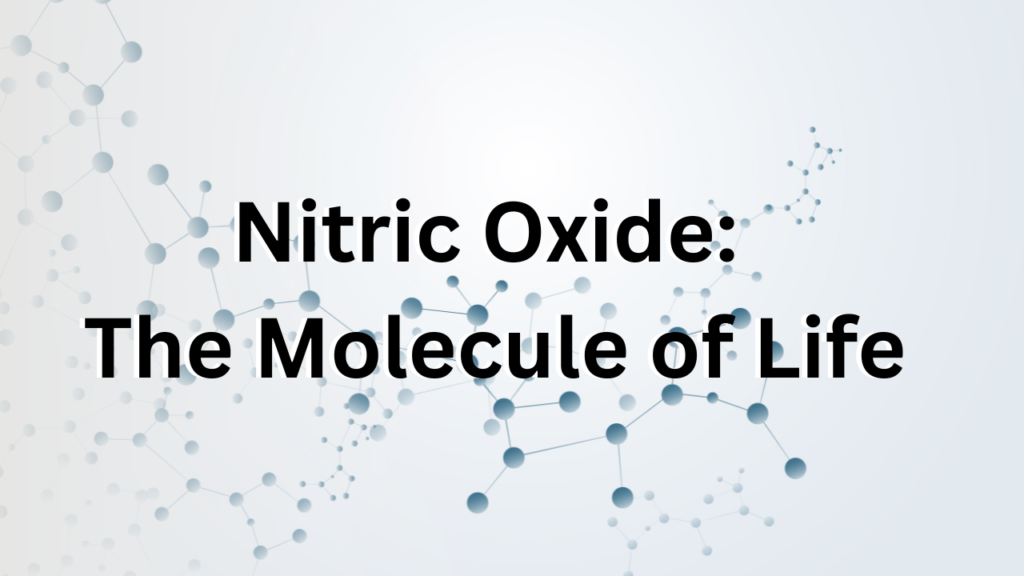Nitric Oxide: Menace to Marvel of the Decade (May 1996 Briefing)
This briefing document, authored by Pearce Wright in May 1996, provides insights into the scientific revelations surrounding nitric oxide (NO) and its diverse biological functions.
Overview
Nitric oxide, once considered an environmental pollutant, has emerged as a crucial molecule governing various physiological processes in the body, from blood circulation to immune responses and brain functions.
Discovery of NO:
The document recounts the surprising revelation that endothelial cells intentionally synthesize nitric oxide, challenging previous views of the molecule as a simple environmental pollutant.
Biological Roles of NO:
Nitric oxide is identified as a regulator of muscle tone in blood vessels, impacting blood pressure and the cardiovascular system. It plays a role in penile erections, immune system responses, and serves as a messenger between nerve cells.


Clinical Applications:
Research indicates potential clinical applications of NO, including experimental inhalation treatments for newborns with breathing problems and its use in treating cardiovascular diseases.
NO in the Brain:
Nitric oxide’s presence in the brain, previously unexpected, suggests its involvement in various brain functions, including memory formation.
Implications for Medicine:
The document explores how NO deficiency may contribute to heart-related issues, and how manipulating NO levels could offer new approaches to treating cardiovascular diseases and inflammatory conditions.
Current Research:
Ongoing research aims to translate laboratory findings into medical applications, potentially leading to a new class of drugs for inflammatory diseases and other health conditions.
Conclusion:
The study of nitric oxide stands as one of the most exciting and promising areas of biological research, with implications for a wide range of medical applications.
